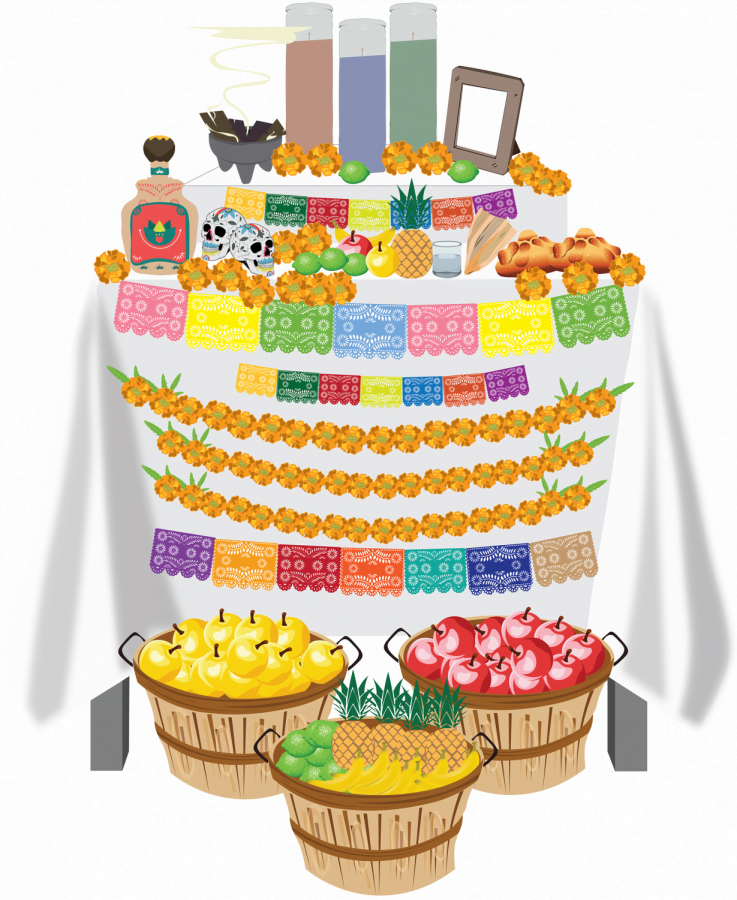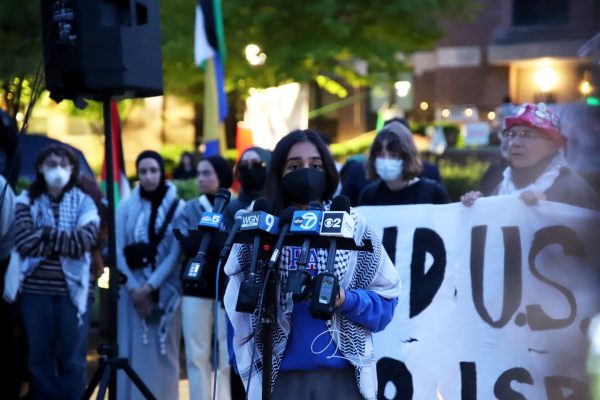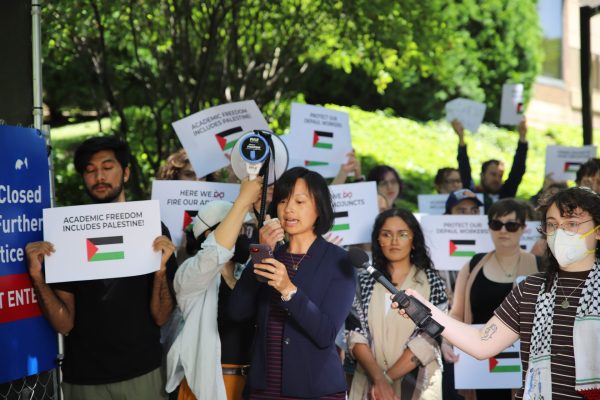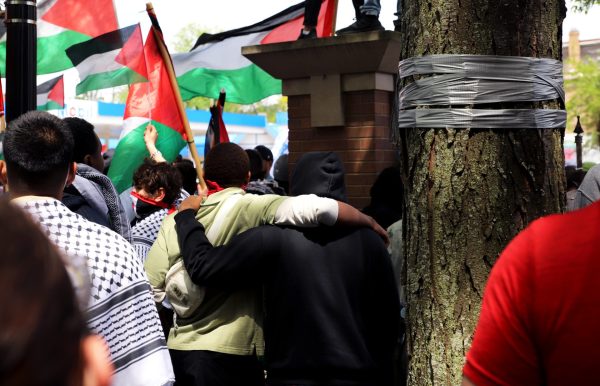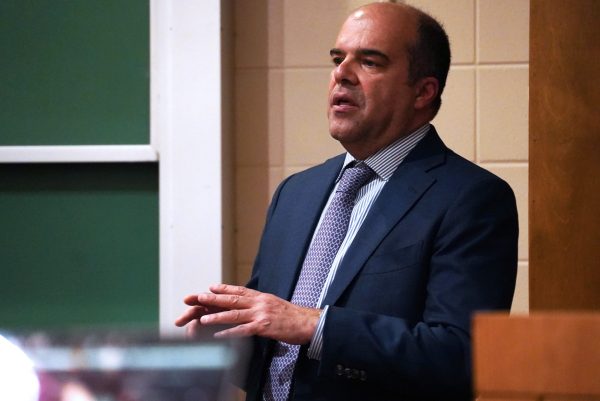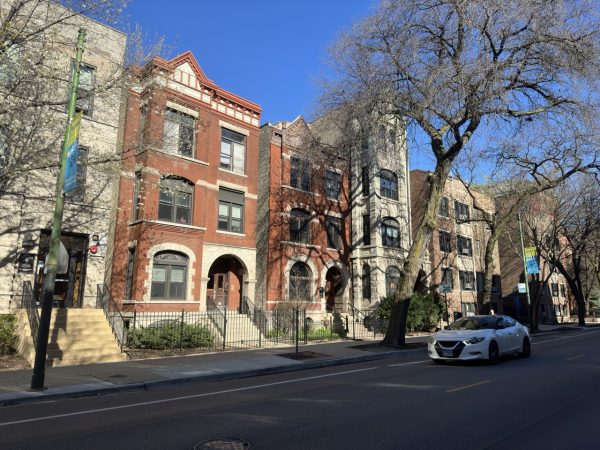DePaul students celebrate Day of the Dead
Those who celebrate Day of the Dead often decorate ofrendas, ritual altars decorated with personal items meant to invite the spirit of their lost loved ones.
When walking into the Student Center on DePaul’s Lincoln Park campus, the last thing one would expect to see are pictures of people who have died. These pictures are surrounded by colorful skulls, flowers and fruit, showing that honoring loved ones is not always a sad affair.
Día de los Muertos, or “Day of the Dead,” is celebrated from Oct. 31 through Nov. 2. This holiday is celebrated in Mexico and other parts of Latin America. DePaul had a week of events and students acknowledged this holiday in various ways.
Día de los Muertos is not the Mexican version of Halloween. The holiday is a mixture of Aztec and Roman Catholic traditions.
Mictlantecuhtli is the god of death and ruler of Mictlán. It is believed that once a person dies, he or she will travel through several levels, known as Chicunamictlán, or land of the dead. After traveling through all these levels, the soul meets face to face with Mictlantecuhtli.
Oct. 31 is “All Hallows’ Eve,” while Nov. 1 is known as “All Saints Day” and “el Dia de los innocentes,” or “Day of the Children.” Nov. 2 is “All Souls Day.”
Lucy Prado studies public policy at DePaul. She did not begin celebrating Día de los Muertos until her grandfather died and her father introduced her to this holiday tradition.
“We just set up a little altar,” Prado said. “We’ll have a picture of my grandpa, a golf token because he really liked to golf. And then we leave Milano cookies because he really liked Milano cookies.”
An “ofrenda” – an alter – is made specifically for the person or people who died. On this display are a variety of “offerings.” They include “calaveras” or sugar skulls, crosses, candles, flowers, pictures of the deceased, articles of clothing they have worn and foods and beverages that they enjoyed.
The ofrenda can be as simple or as elaborate as desired. These displays can honor more than one person. Some people have ofrendas displayed all year round. Marigolds use their scent and their bright colors to guide the spirits of the deceased to their alters.
Itzel Fernandez studies psychology at DePaul and celebrating Día de los Muertos has always been a tradition in her family. Her family honors her deceased grandfather and cousin.
“It’s a really nice day because when the weekend comes, our whole family comes together at our house,” Fernandez said. “My grandmother makes this special bread because my grandfather and my cousin loved [it]. It’s kind of a little party.”
DePaul has done a few things to honor Día de los Muertos. According to Prado, there is an ofrenda in all of the dormitory buildings on the Lincoln Park campus.
DePaul Alliance for Latinx Empowerment, or D.A.L.E, hosted a few events – including a general body meeting dedicated to making decorations for the ofrendas around campus – a churro sale and an entire dance.
The student organization Tepeyac, which serves the Latinx community through faith, culture and community service, painted calaveras in the Catholic Campus Ministry Lounge. The Gamma Phi Omega sorority gave away marigold flowers for students to honor their loved ones.
Izabella Grimaldo studies journalism at DePaul and has also been celebrating Día de los Muertos since she was a child. On this holiday, she honors her great-grandparents. Most of her great-grandparents died when she was very young, but her great-grandmother on her mother’s side made a lasting impact on her, despite passing away recently.
“It becomes a very sentimental time because you miss them so much and you feel like you didn’t get enough time with them,” Grimaldo said.
During the Catholic Ministry’s “food for thought,” the focus for this week was Día de los Muertos. Students and staff talked about how they honor their deceased loved ones. As Martin Herrera, a seminarian, said, “In Mexico, death is another journey.”


